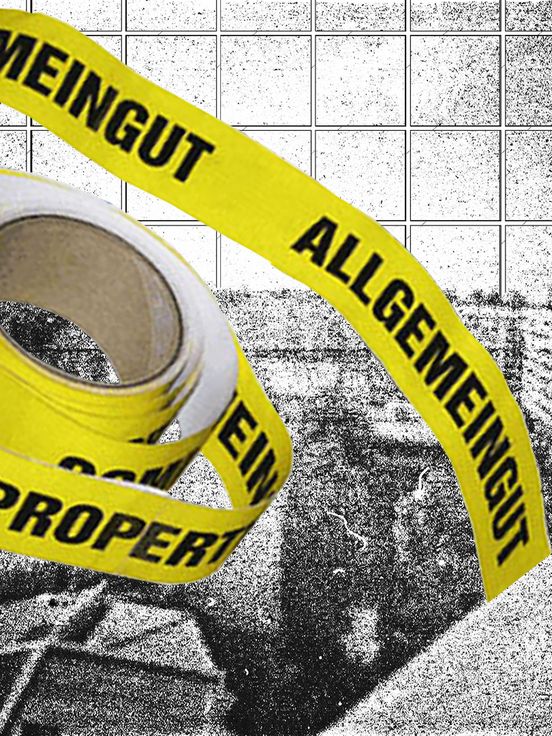Kottbusser Tor as a point of spatial reference
Urban space is both the reason and the theme for the art created by Kotti-Shop/SuperFuture. The Neues Kreuzberger Zentrum (NKZ), where the project space is housed, was completed in 1974 and provides homes for more than 1,000 people. It is located on the north side of Kottbusser Tor, a piazza where several trams and metro rail lines cross. This is a relatively small space for a transport node, a residential area and a habitat to coalesce. The place bears the marks of different urban planning strategies from different eras: some social housing dates from the 1960s and there were once proposals to route an urban motorway through here. In the 1980s, the spatial fabric was much influenced by an approach known as “soft renewal”. Gentrification has begun making itself felt in recent years. Rents in the adjoining streets have risen, and as new industries move in they are forcing out structures that had evolved over time. This is not a homogeneous neighbourhood. Quite the reverse: numerous microcosms exist here side by side. Artistic work by Kotti-Shop/SuperFuture takes its cue from the neighbours of the building that houses the art and project space, but it also addresses developments in the broader urban environment.
